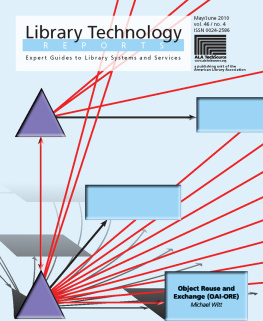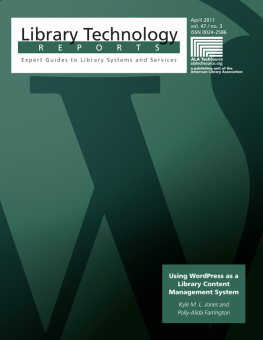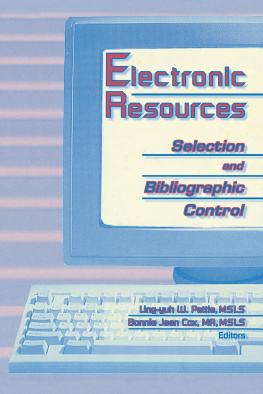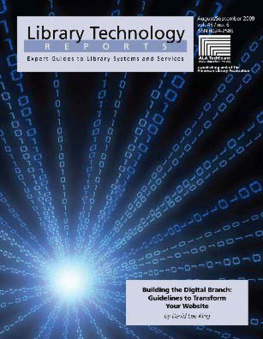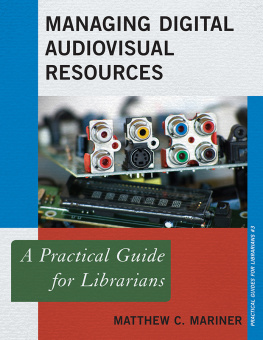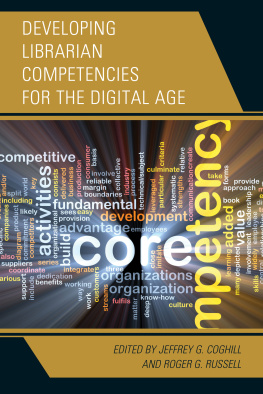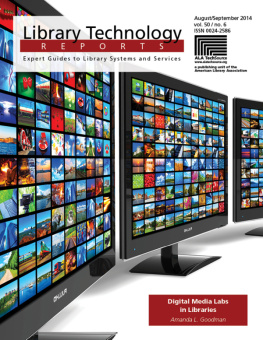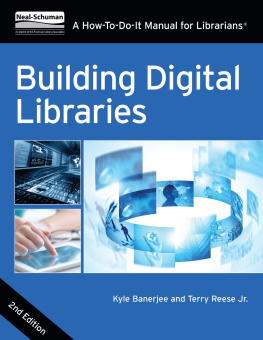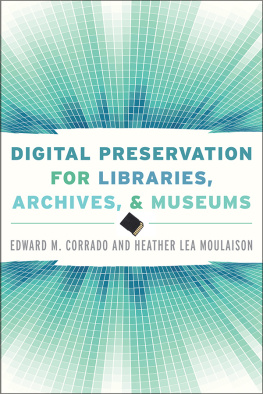The Open Archives Initiative Object Reuse and Exchange (ORE) specification defines a set of new standards for the description and exchange of aggregations of Web resources. This presents an exciting opportunity for us to revisit how digital libraries are provisioned. ORE and its concept of aggregationthat a set of digital objects of different types and from different locations on the Web can be described and exposed together as a single, compound entitymay present the next major disruptive technology for librarians who develop and manage collections of digital information.
Currently, the management and presentation of digital library collections revolve mostly around the digital library systems that house them. A librarian decides what digital resources go together and then works within the capabilities of the system to present the resources in an appropriate and orderly context. The result is typically a series of webpages that human beings need to navigate in order to find and click on links to resources that meet their information needs. While the system may expose its metadata for harvesting or its index for federated searching, the digital resources themselves are tucked deeply inside proprietary silos.
ORE presents the possibility of breaking down these silos by exposing the semantics of these resources and providing hooks to retrieve them without the need for a human being to read a webpage and click on a link. Liberating digital library content from these silos for reuse and exchange may very well explode the construct of the "collection" as we know it today because it will no longer be the exclusive domain of librarians to aggregate digital library resources and dictate the context of their presentation for use. Human beings and machines will be able to assemble their own "collections."
While the Semantic Web and ORE represent potentially disruptive technologies, the need for librarians to help make sense of interoperable digital information by provisioning resources with care and quality metadata and by connecting users to resourcesand resources to resourcesis greater than ever. In order to capitalize on these technologies, librarians must first understand them and be able to relate them to the professional practice of librarianship.
Acknowledgements
Thanks to the members of the ORE Executive, Technical, and Advisory Committees for their efforts in developing the ORE specification, especially those who were involved in its documentation. This issue of Library Technology Reports borrows liberally from the ORE Primer, Abstract Data Model, and other documents that were edited by Pete Johnston, Michael Nelson, Robert Sanderson, and Simeon Warner from the ORE Technical Committee and Carl Lagoze and Herbert Van de Sompel from the ORE Executive Committee.
I would like to thank the ORE implementers who contributed their time and information about their projects for inclusion in this report: Tim DiLauro from Johns Hopkins University, Patrick Hochstenbach from Universiteit Gent, Mark McFarland at the Texas Digital Library, Robert Sanderson at the Los Alamos National Labs, and Lee Dirks and Alex Wade from Microsoft External Research. Special thanks to Ed Summers and the Library of Congress for giving me permission to reproduce their work and use it as an example in chapters .
This report would not have been possible without the encouragement of the Purdue University Libraries, in particular from D. Scott Brandt and Dr. James L. Mullins. The author's photograph was contributed by C. T. Pham. I am grateful for the support of my wife and family.
Library Technology
R E P O R T S
American Library Association
50 East Huron St.
Chicago, IL 60611-2795 USA
www.alatechsource.org
800-545-2433, ext. 4299
312-944-6780
312-280-5275 (fax)
Advertising Representative
Brian Searles, Ad Sales Manager
ALA Publishing Dept.
312-280-5282
1-800-545-2433, ext. 5282
ALA TechSource Editor
Dan Freeman
312-280-5413
Copy Editor
Judith Lauber
Administrative Assistant
Judy Foley
800-545-2433, ext. 3244
312-280-5275 (fax)
Production and Design
ALA Production Services: Troy D. Linker and Tim Clifford
Library Technology Reports (ISSN 0024-2586) is published eight times a year (January, March, April, June, July, September, October, and December) by American Library Association, 50 E. Huron St., Chicago, IL 60611. It is managed by ALA TechSource, a unit of the publishing department of ALA. Periodical postage paid at Chicago, Illinois, and at additional mailing offices. POSTMASTER: Send address changes to Library Technology Reports, 50 E. Huron St., Chicago, IL 60611.
Trademarked names appear in the text of this journal. Rather than identify or insert a trademark symbol at the appearance of each name, the authors and the American Library Association state that the names are used for editorial purposes exclusively, to the ultimate benefit of the owners of the trademarks. There is absolutely no intention of infringement on the rights of the trademark owners.

